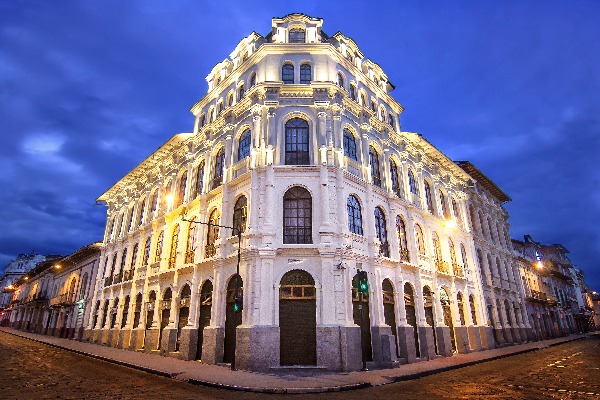ECUADOR DIGESTEcuador’s middle class grows to 35% of population
According to a study by the Quito consulting firm Habitus, Ecuador’s middle class has grown dramatically in the last decade. Habitus reports that, as of late 2012, 35% of the population met the middle class criteria, while only 14% qualified in 2003.
According to Carolina Reed, president of Habitus, the two-month study looked at data from the 2010 national census as well as more recent surveys to reach its conclusion. Reed said that the information was processed using World Bank methodology, which classifies the population based on income.
A spokesperson for the World Bank commented that the results show that, for the first time, the size of Ecuador’s middle class is above the Latin American average.
Reed says that a key factor in the growth of the Ecuadorian middle class is the large number of women joining the work force. “The dramaic increase in the number of women with university degrees entering the work force is a decisive element in our findings.”
Government says accounts in failed bank are insured
The Ecuadorian government assured the 79,000 depositors of Banco Territorial, most of them in the Guayaquil area, that their money is safe after the bank was declared insolvent on Monday.
Banks superintendent Pedro Solines says that his office determined that it was impossible for Banco Territorial to continue operations following a review of its books. The government appointed a temporary administrator to close the bank's operations.
Solines said it may take 15 days for accounts to be transferred to another institution, during which time depositors will not have access to their funds. If another bank cannot be found to accept the accounts, the federal Deposit Insurance Corporation will begin making payments to account holders.
Officials say they will stop Mexican drug cartel
Ecuadorian officials say they are stepping up efforts to crack down on Mexico’s Sinaloa durg cartel, which has established a presence in Ecuador's coastal area.
Officials say that the cartel is trying to use coastal locations as “way stations” to import narcotics into Central America, where the drugs often are trafficked north into the United States.
“We will use all the tools at our disposal to keep the cartels out of Ecuador,” a spokesman for the Interior Ministry said last week.
Ministry officials have confiscated four planes they suspect were used by the Sinaloa cartel, which is led by Mexico’s most wanted fugitive, Joaquín “El Chapo” Guzmán, between May 2012 and January 28, according to Ecuadoran Interior Minister José Serrano.
Efforts to stop drug trafficking are focused on Manabi, Los Rios, Esmeraldas and Santo Domingo Provinces.
Danger level raised for Tungurahua volcano
Ecuador’s national office of risk management says that activity at the Tungurahua volcano near Ambato has increased and has issued a new alert for Tungurahua and Chimborazo Provinces.
The country’s geophysical institute reported Sunday that activity in the volcano has reached a “high level with pyroclastic flows on the slopes” and "constant tremors” that shake the surrounding area.
Strong activity began Saturday afternoon, according to the institute, and several strong explosions were recorded. An institute spokesman said all persons within a 20 mile radius of the volcano should remain on alert for further information.





















